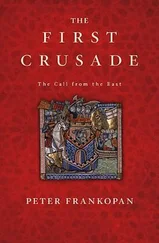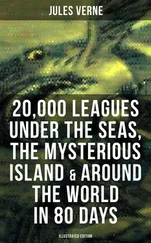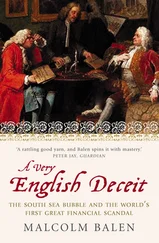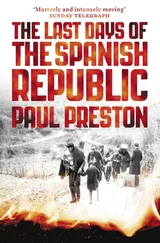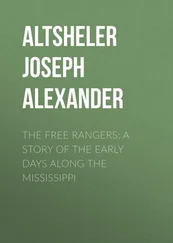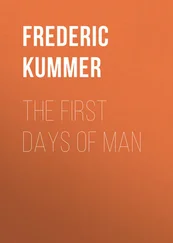While working on this book, I spent considerable time trying to find ways to avoid writing ‘I’, thinking that there is a pompousness in it – if not accredited by necessity, the economy of the text itself. But this ‘I’ contained a higher truth. This is a history of the events and developments in Berlin-Mitte that tries to take into account as many perspectives as possible. But ultimately, it is also my personal story.
This is a book about cities. What Berliners fear most today is that their city might meet the fate of London, Paris and New York, where only the wealthy can afford to live, or even worse, where many buildings are not places to dwell in any more, but mere investments, staying empty for most of the year.
After Berlin had again become the capital of Germany, for some time its population rose by about 50,000 per year. At the same time, city government had to sell many of the publicly owned housing enterprises to fill empty coffers. When, after the global financial crisis in 2008, capital was fleeing into real estate, investors from all over the world discovered that real estate was relatively cheap in Berlin.
Berlin has seen a steep rise in rents in recent years – and Berlin is traditionally a city of renters, not owners. So in 2020, R2G – the coalition of Social Democrats, Socialists and the Green Party governing Berlin – decided to introduce legislation to freeze rents. Even though Germany’s Federal Constitution Court has declared the Berlin rent freeze to be null and void in the meantime, it is hailed by progressives as a powerful tool for the whole of Germany in order to keep cities diverse places, inhabitable for the many, not only the few.
For cities to be places open for everyone, culture has to play an important role. In May 2021, the German parliament decided that nightclubs should legally cease to be considered as places for entertainment and would now be treated as cultural sites. It means that urban planning regulations and building laws concerning museums and theatres now also apply to clubs. This is good news. An environment in which everyone is entitled and able to enjoy the good life cannot be created by market forces, but only by the body politic. The dance floor is one of the urban spaces where the body politic is constituting itself as a community transcending class, gender and colour.
I want to thank my editor at Polity, Elise Heslinga, for helping to bring about the English translation of this book eight years after it was published in German. I am indebted to my translator, Simon Pare, who enthusiastically embarked on the mission of translating this book, and found the right English words to capture the ironies and transpose the rhythms of those sometimes very long and very German sentences.
Ulrich Gutmair, May 2021
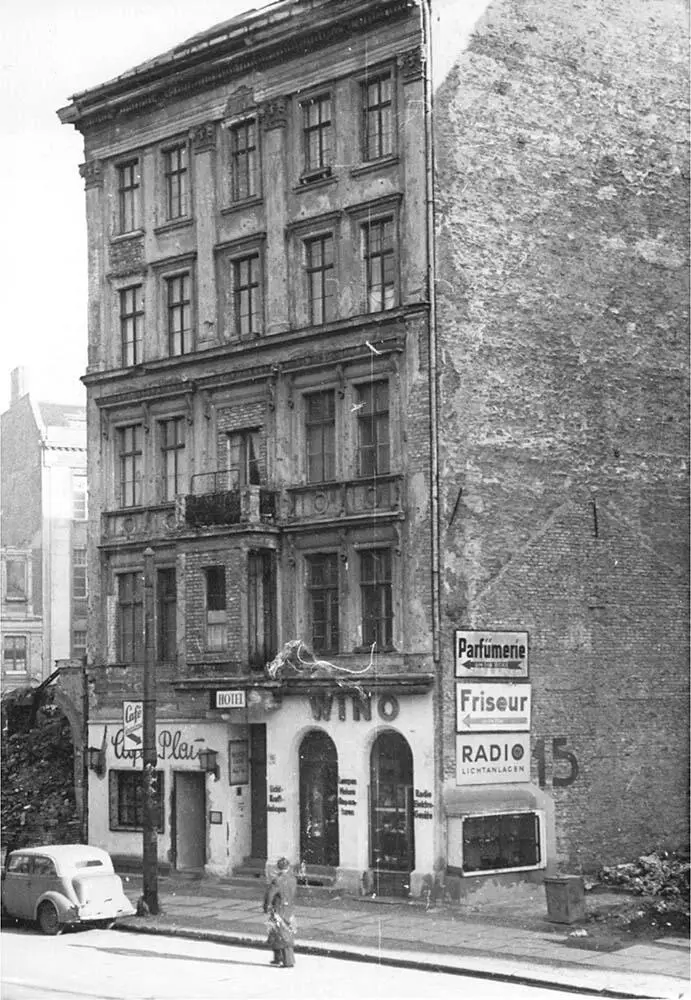
Fig. 1Hotel Clou and the Wino store in Mauerstrasse 15. The picture was taken on 17 February 1950. A good 40 years later it hosted Elektro, Berlin’s smallest Techno club
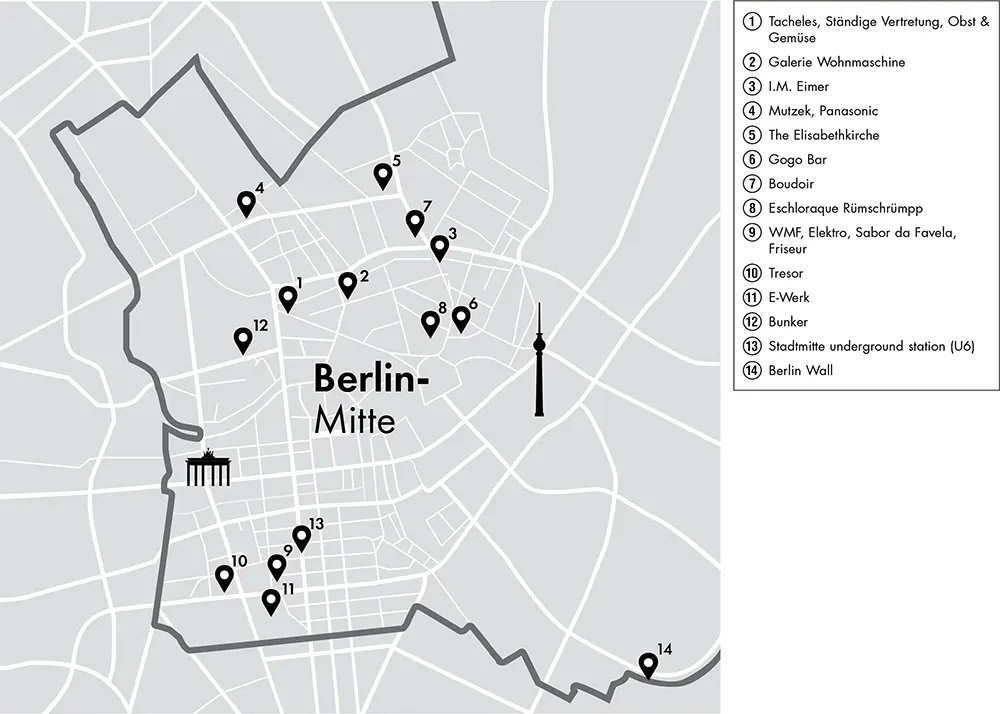
Fig. 2Map of Berlin showing locations mentioned in the book
1 How Long is Now?
It reeks of Bitterfeld
A Category 1 smog alert is declared if the measuring stations register too much sulphur dioxide and carbon dioxide, if those levels are sustained for three hours, and if there is a wind velocity of below 1.5 metres per second for twelve hours and an area of low pressure over the city. In such cases, residents of West Berlin are requested only to aerate their flats for a short time, not to go out walking for too long and to refrain from outdoor sport. It would probably be healthier for the inhabitants of the capital of the socialist German Democratic Republic, commonly known as East Germany, if the same guidelines were in force there. However, the thresholds are higher than in the West, which is why smog is entirely theoretical in the GDR. When a Category 1 smog alarm is declared on 1 February 1987, police patrols in West Berlin announce over 2,000 infringements of the driving ban before 11 o’clock that morning; the air in the east of the city is officially clean.
There are days when the smell of sulphur hangs in the streets, a reminder that West Berlin is surrounded by the dark continent of the Eastern Bloc, which strikes Westerners as an old, rusting, colourless industrial world populated with smoking chimneys and glum-faced proletarians operating gigantic machines. The GDR is the European country with the greatest sulphur dioxide emissions and the highest levels of particulate matter in the air. East German environmental activists complain that the chemical combine in Bitterfeld has no pollutant filter. The filters were allegedly removed from the chimneys by Soviet civil engineers after 1945 as reparations, and no new ones were ever installed. Since a pocket of air takes less than three hours on average to travel across the city, the majority of the dirt in Berlin’s air is assumed not to have been caused by emissions within the city itself. As long as the power stations and factories are still operating in Czechoslovakia, Bitterfeld and Leipzig, and while people on both sides of the Wall drive cars and coal is burnt in the tiled stoves of old houses, a yellow-brown haze hangs heavily in the wintry Berlin sky whenever a south-easterly wind blows and there is a temperature inversion. The odour is unforgettable.
The deposits of these sulphurous yellow days settle on the house facades and colour them a pale shade of brown. You can see it all over town, though in West Berlin it is concentrated in poorer districts with large migrant-worker communities. In the East, where the late-nineteenth-century buildings haven’t seen a lick of paint in fifty years, this brownish hue dominates the city centre. Despite being responsible for a lack of colour in the city, it coats your body with excess dirt. This brown suffuses your clothes after a day in the city; it turns your hands and your bathwater black. Spend the whole day outside or dance the night away in a cellar somewhere, and there’ll be a black crust to scratch out of the inside of your nose the next morning. Human nostrils and building plaster are the most common magnets for the dirt in Berlin’s air. At night it turns the sky orange; in homes it manifests itself as yellow ash, of which large quantities are produced from burning Rekord coal briquettes from Lusatia.
When the Wall was still there, you couldn’t see it most of the time from East Berlin. A complex system of barriers, spring guns, patrols and access passes prevented the ordinary citizens of the East German capital from even approaching the ‘Anti-Fascist Protective Barrier’. At night, the vacant lots and empty houses along the Wall were bathed in bright light on the eastern side. The other side of the Wall was painted in vivid colours, making it the world’s largest work of street art and masking the grim East beyond.
To get a good idea of what it was like in Berlin-Mitte when it was still a little-regarded corner of the East German capital, you should take a look at Hans Martin Sewcz’s photos. The photographer took some thirty black-and-white panorama photos of the streets of Mitte in May 1979. Everything is standing still; only the children are full of life, as children always are.
Two boys in shorts are advancing towards the camera. They are giving the photographer’s lens a look of defiance. One of them is wearing a striped T-shirt, the other has canvas shoes on but no socks. It must have been a warm and sunny spring. Behind them lies Auguststrasse, empty and quiet. The street is clean but has obviously been repaired, creating an asphalt patchwork from different historical periods. A few Wartburgs and Trabants are parked at the side of the road. No rubbish on the pavements, no billboards on the sides of the buildings, only a laundry plying its trade. The rubble of bombed-out houses in Mitte had long since been cleared away. Small parks were established or makeshift sheds erected on those sites. The people in the photo look out of place and yet completely at home, as if they don’t belong here and as if there is no life beyond these streets. Mitte is frozen in time, like the castle in Sleeping Beauty, and it stays that way until 1989, until the Politburo’s sleeping spell can no longer numb the people’s restiveness. When Hans Martin Sewcz photographed the streets of Mitte, East Berlin was still a romantic’s paradise. Now his pictures invite the viewer to contemplate what used to be, who lived here and what the loss of that isolation means.
Читать дальше



